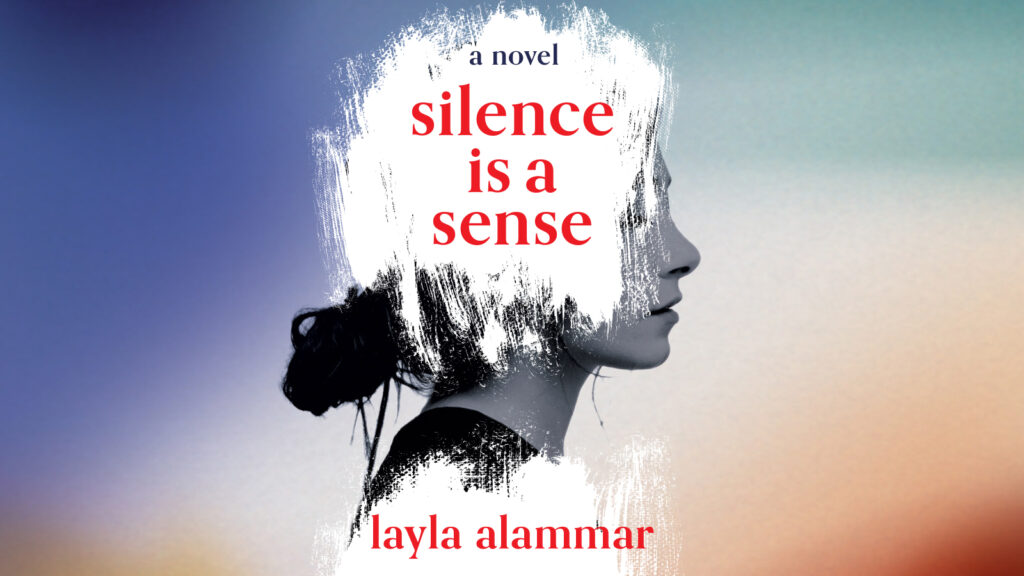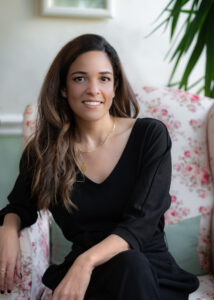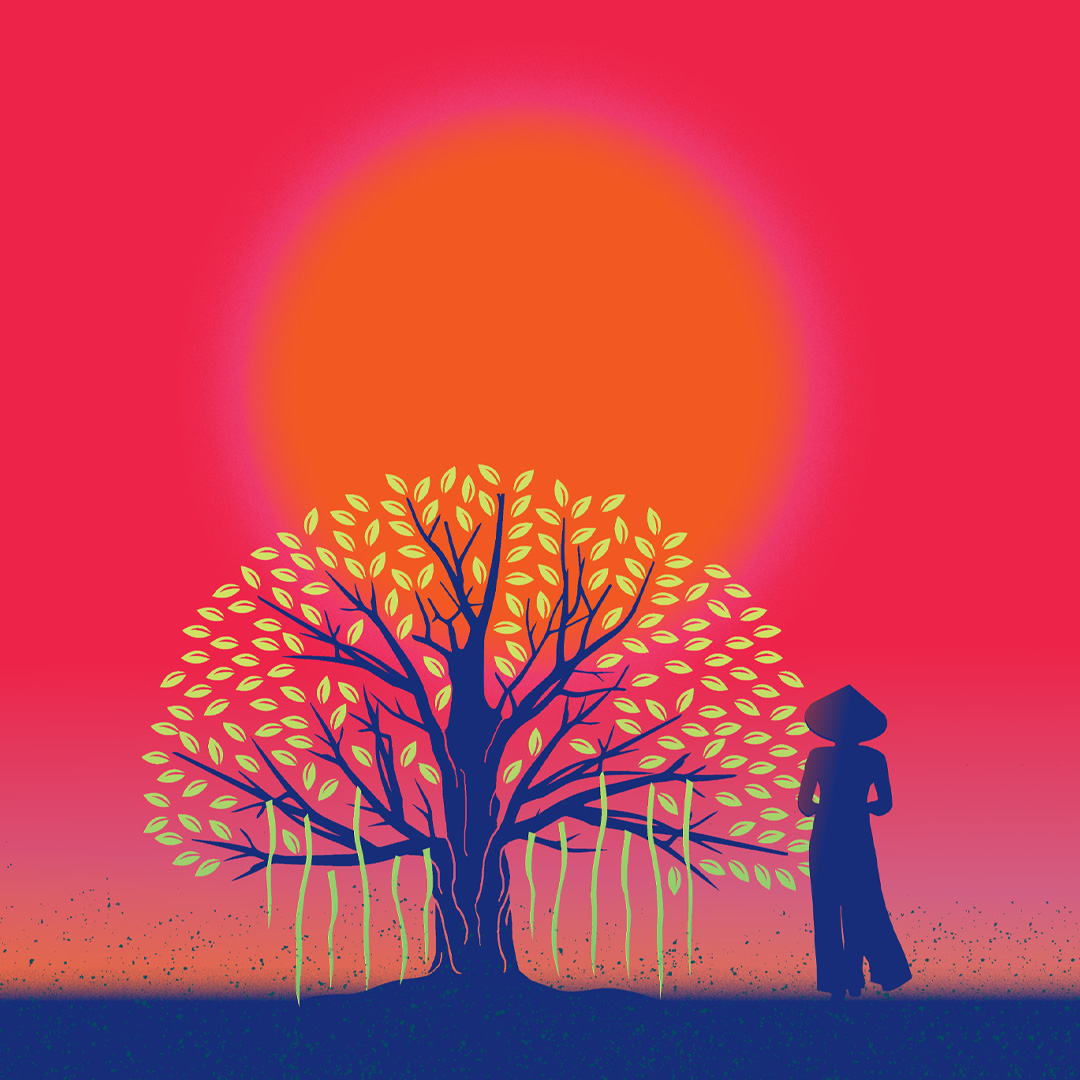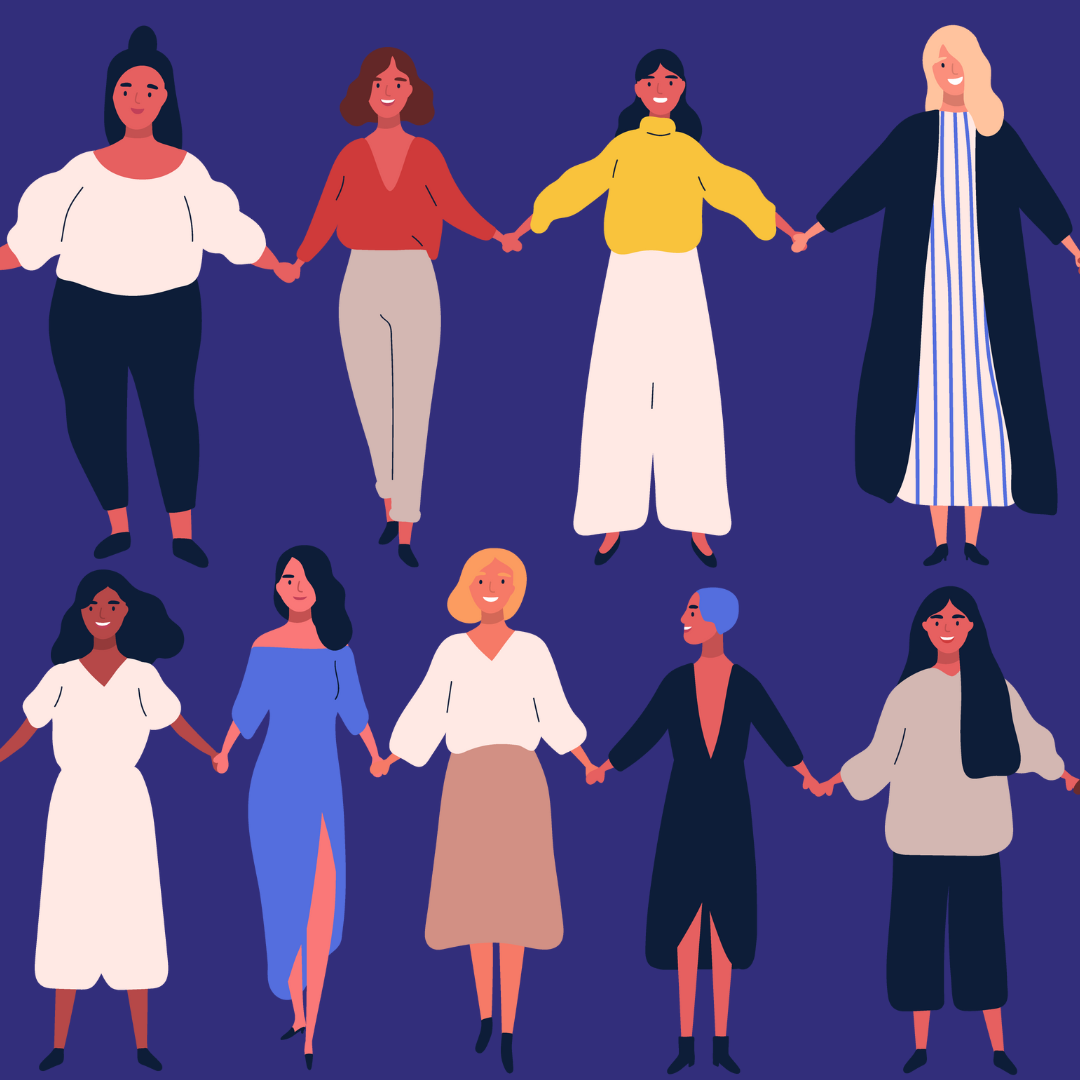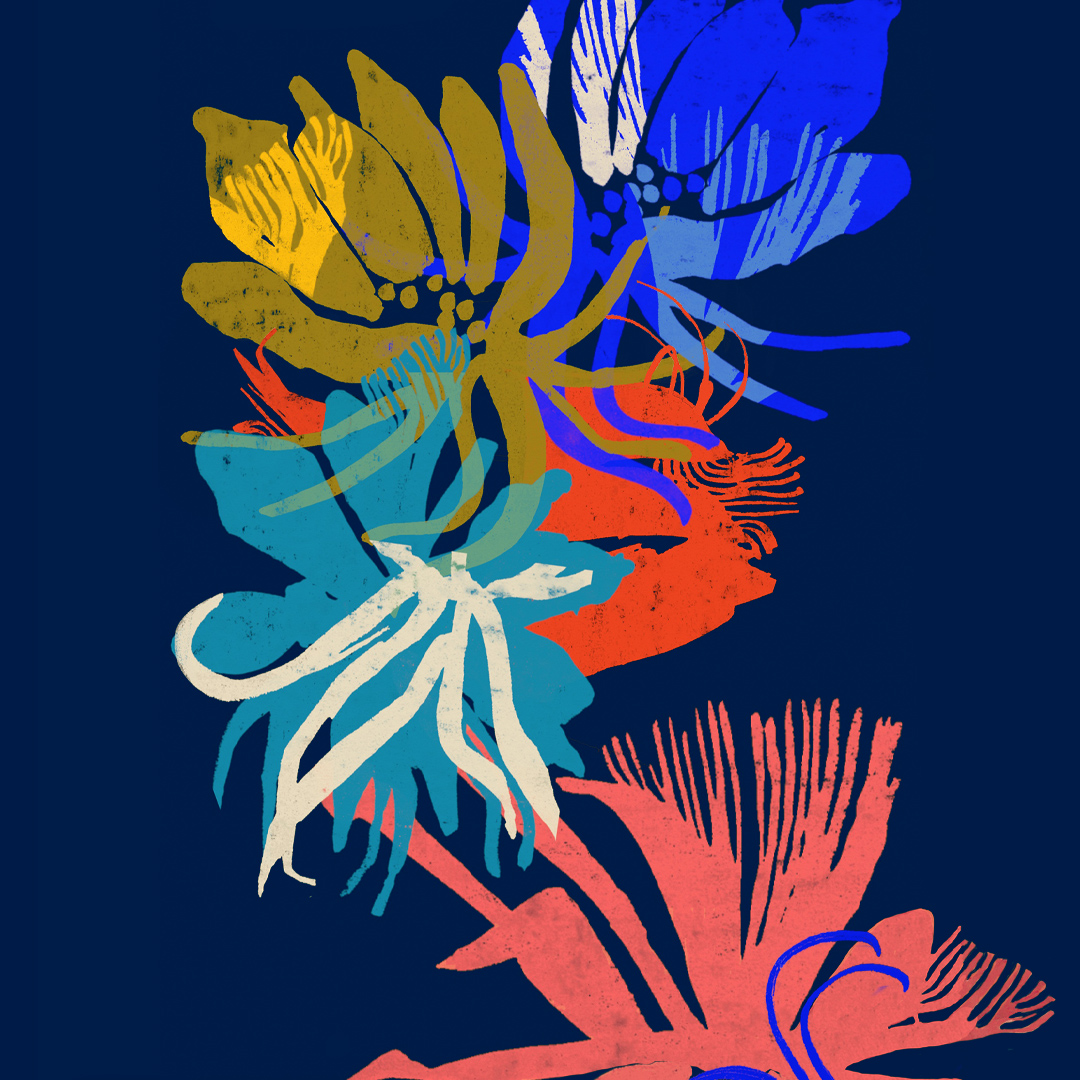What Comes after the Revolution? An Essay by Layla AlAmmar
Layla AlAmmar is the author of Silence Is a Sense, a complex and fluid novel about memory, revolution, loss, and safety.
…
In early 2011, I—like countless others across not just the region but the world—watched as sparks of protest ignited into the flame of the Arab Spring.
When I use the words sparks, ignited, and flame, you are forgiven for thinking them metaphors; in fact they are quite literal. At around 11:30 on the morning of December 17, 2010, Tarek Mohamed Bouazizi, age twenty-six, stood in the middle of traffic in front of the governor’s office in Sidi Bouzid, Tunisia, shouted “How do you expect me to make a living,” drenched himself in gasoline, and set himself on fire. This act followed months and years of harassment and extortion from authorities as well as the confiscation of his small produce cart—his only source of income and how he supported his family. Systemic oppression, being at the mercy of corrupt institutions, and the denial of a basic right to dignity drove Bouazizi to this desperate end. By mid-January, the outrage and protests in the wake of his death led to the end of President Ben Ali’s twenty-three-year rule.
A wave of self-immolation followed, not just in Tunisia (where 107 persons attempted suicide in this way over the next six months), but also in Algeria and Egypt. Driven by the same grievances (high corruption, poor economic conditions, lack of freedom of expression, and political impotence), youth protests soon erupted in Algeria, Libya, Egypt, Yemen, Syria, and elsewhere. Days of Rage—for that’s what many Fridays were called—were rimmed in fire, with hot bullets and cars set aflame and Molotov cocktails hurled in town squares.
Words are a representation, a signifier; they are not the thing itself, and in using them, we mustn’t forget that the thing itself exists in a material, consequential way. There are those for whom the words ignite, flame, and eruption are not mere metaphors.
This is just one of the anxieties that lurks beneath Silence Is a Sense.
From the safety of Kuwait, I watched events unfold with a disquieting mixture of great hope and fierce trepidation: hope because it seemed this revolt (as the main character in Silence would prefer it be called) transcended religion and sect, tribe and origin, liberal and conservative, to become something much more elemental. It was a call for an uncompromising dignity that extended to all areas of life—economic, social, political, intellectual. It was Bouazizi’s call.
Turns out it wasn’t so simple, though.
A decade has passed.
My trepidation revolved around one primary concern, a question that circled my mind relentlessly. It was there as I scrolled through my Twitter timeline for updates. It was there as I chatted with friends about the protests and watched the extraordinary pronouncements on television. The question was there as I—employed at the time as a research analyst for a major investment firm—drafted reports on how events would affect oil prices and stock market performances and foreign investments across the region.
What comes after the revolution?
The question left me unnerved, confused, and almost unbearably sad. So I did what I always do: I put it to a story. I created a set of characters and placed them in a narrative for the simple reason that I needed a repository for the thoughts and feelings that assailed me, and that I suspect assail others. It’s never my intention to try to make sense of things—for there is, I think, no way of making sense of the horror humans are capable of inflicting on one another—but if the novel accomplishes this, on some level, for the reader, or makes them curious to know more about the Arab Spring and all its ensuing crises, then that can only be a positive thing.
I’m not a refugee. I don’t know what it’s like to be physically displaced, to be exiled from your homeland and scattered to the wind, to walk across a continent and not know where you’ll sleep at night. In researching this novel, I often found myself caught up in details. How many times, and in how many ways, would a female refugee on her own be assaulted? How cold does the back of a refrigerated truck get? What is it like to be fired on with tear gas after walking for hours to get to another border? How much would you come to loathe the very idea of borders?
What’s left when every kind of security is ripped away?
I’m currently writing a PhD dissertation that explores Arab fiction over the past sixty years. This literature—in English and in Arabic, from Lebanon to Algeria—is a body of work that speaks of cycles, of recurrences, of revolutions. War and trauma. The personal and the political. A people inconsolable before history. The literature foretells that the Arab Spring that began in 2011 would not be so simple as we’d (perhaps a little irrationally) hoped. I don’t wish to homogenize the region I call home; it’s not my aim to collapse the singularity of experiences in Egypt or Syria, for instance, into some overarching tableau of indiscriminate trauma. That being said, there is an affinity, a shared culture, language, and sacred history. Umm Kulthum, Darwish, ululations, and waraq ’anab. It is that affinity that had us rejoicing with the protesters in Tahrir Square; it’s what had us holding our breath during those first few months of the uprising when possibilities seemed limitless; and it is what makes all the breakdowns and tragedies and setbacks into a kind of perpetual psychic wound that I fear may never heal.
It’s a century now since the region was divvied up with arbitrary lines drawn across the sand. Nearly as long since the colonizers started to leave, making way for states of emergency, states of oppression, the vicious and the power-hungry. Stranglers of freedom and plurality. A decade has passed since the Arab Spring began, and four years since I wrote the first draft of Silence Is a Sense. At times I feel incapacitated by the past, by histories of pain and horror, by all the terror that remains unspoken.
And yet . . .
Poets sing. Writers write. Photographers document and filmmakers and painters and dancers all tell their stories. Bearing witness, testifying, remembering. We speak of those things that seethe in the darkness, crouch on the chest, and lodge in the throat. An intuition, our humanity perhaps, compels us to strain against that darkness, to reach for something better. There is a hope, a countercycle of hope, that continues to spring up no matter what vile acts saturate the ground beneath us. Silence Is a Sense is a representation; it speaks of pain, yes, but also, I hope, the yearning for a new way of being.
…
Read more about Silence Is a Sense.

